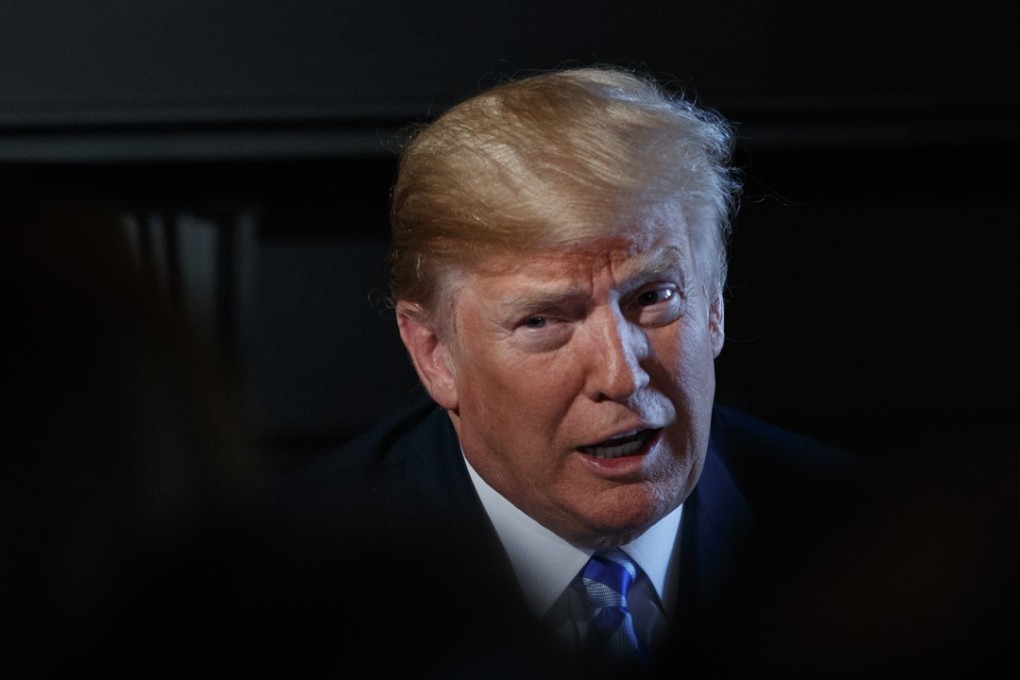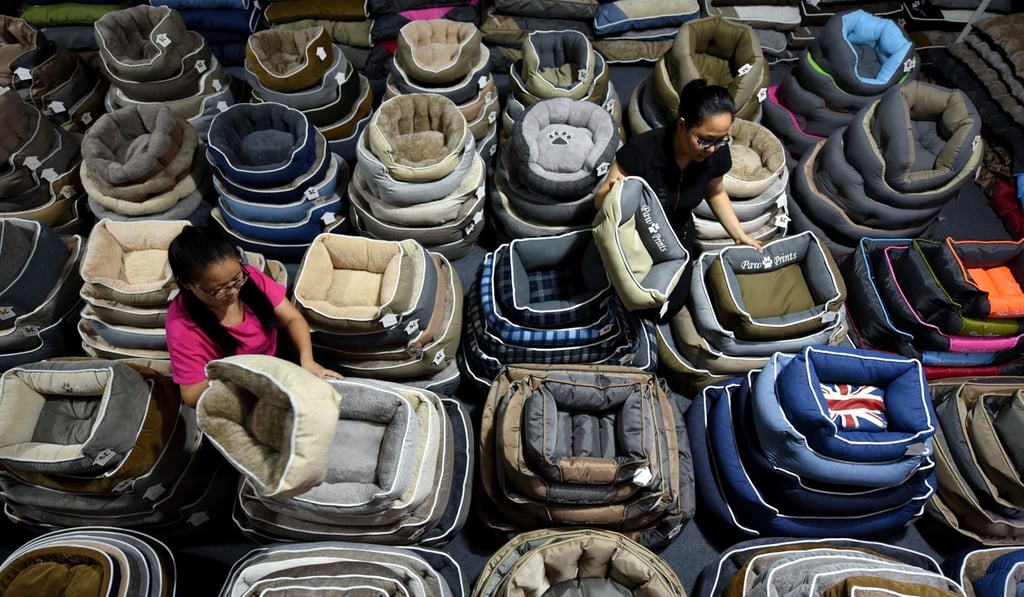Opinion | Why Donald Trump’s trade war is aimed at foreign direct investment in China
Zhigang Tao and Mary Hui say Trump is hurting American firms that have outsourced to China in the hope of bringing manufacturing back to the US. Beijing has to give US firms reasons to stay

The US-China trade war may seem to revolve around the United States’ colossal trade deficit with China, but it actually hinges on investment. Grasping this is key to making sense of why each country is acting the way it is. To better understand the dynamics of the trade war, let us turn briefly to China’s economic history.
The roots of today’s trade war reach back to the late 1970s, when China launched expansive economic reforms and threw open its doors to foreign investment. It set up so-called special economic zones, where tax incentives were offered to attract foreign investment. From 1978 to 1999, China basically served as a low-cost production base for foreign multinationals.
It follows quite naturally, though it is less known to the general public, that 41.58 per cent of China’s exports to the world in the first six months of 2018 were made by foreign multinationals, according to data from China’s General Administration of Customs. In other words, China’s huge trade surplus with the US is mostly enjoyed by foreign multinationals. China’s logic has been to first attract foreign investment, then export to the world.

Perhaps US President Donald Trump recognises this. What worries him might not be the US trade deficit with China, but the overwhelming amount of American direct investment in China, which hollows out the American manufacturing heart as China develops a full spectrum of manufacturing capability and overtakes the US in technological innovation.

